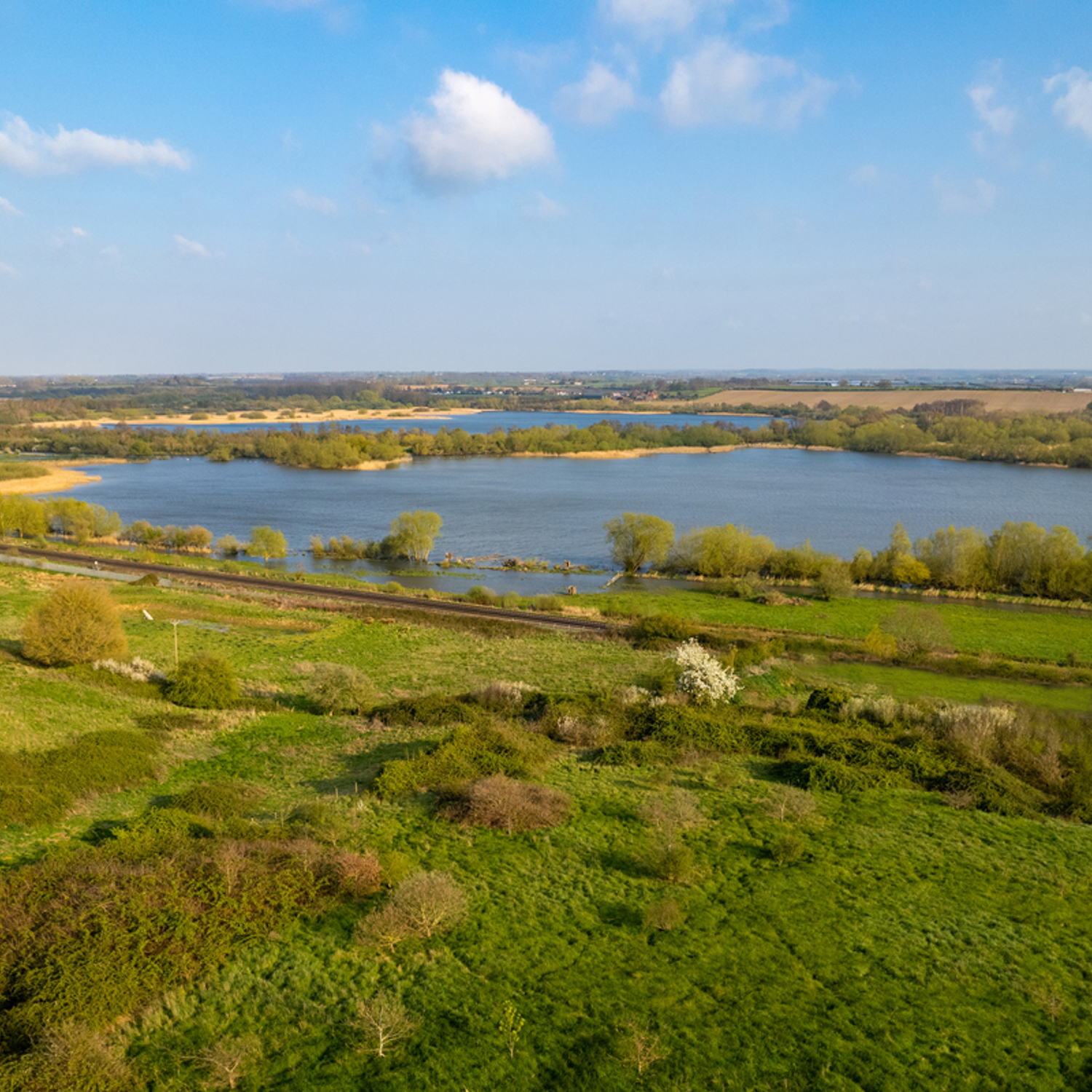Nature for people
Putting nature, people and wellbeing at the heart of our developments
Enhancing nature is essential to the design of our developments and makes them more attractive communities in which to live.
Nature for people strategy
Our biodiversity strategy, ‘Nature for People’, was developed in partnership with the Wildlife Trusts in 2020. It contains 15 commitments which are delivering net gains for biodiversity, connecting residents with nature, and establishing processes for long-term management and monitoring.
As well as delivering meaningful biodiversity net gain outcomes - playing our part in halting the decline of nature - the strategy is also delivering high quality landscaping and natural spaces which provide a beautiful setting to our homes and valued spaces for our customers to explore and enjoy.
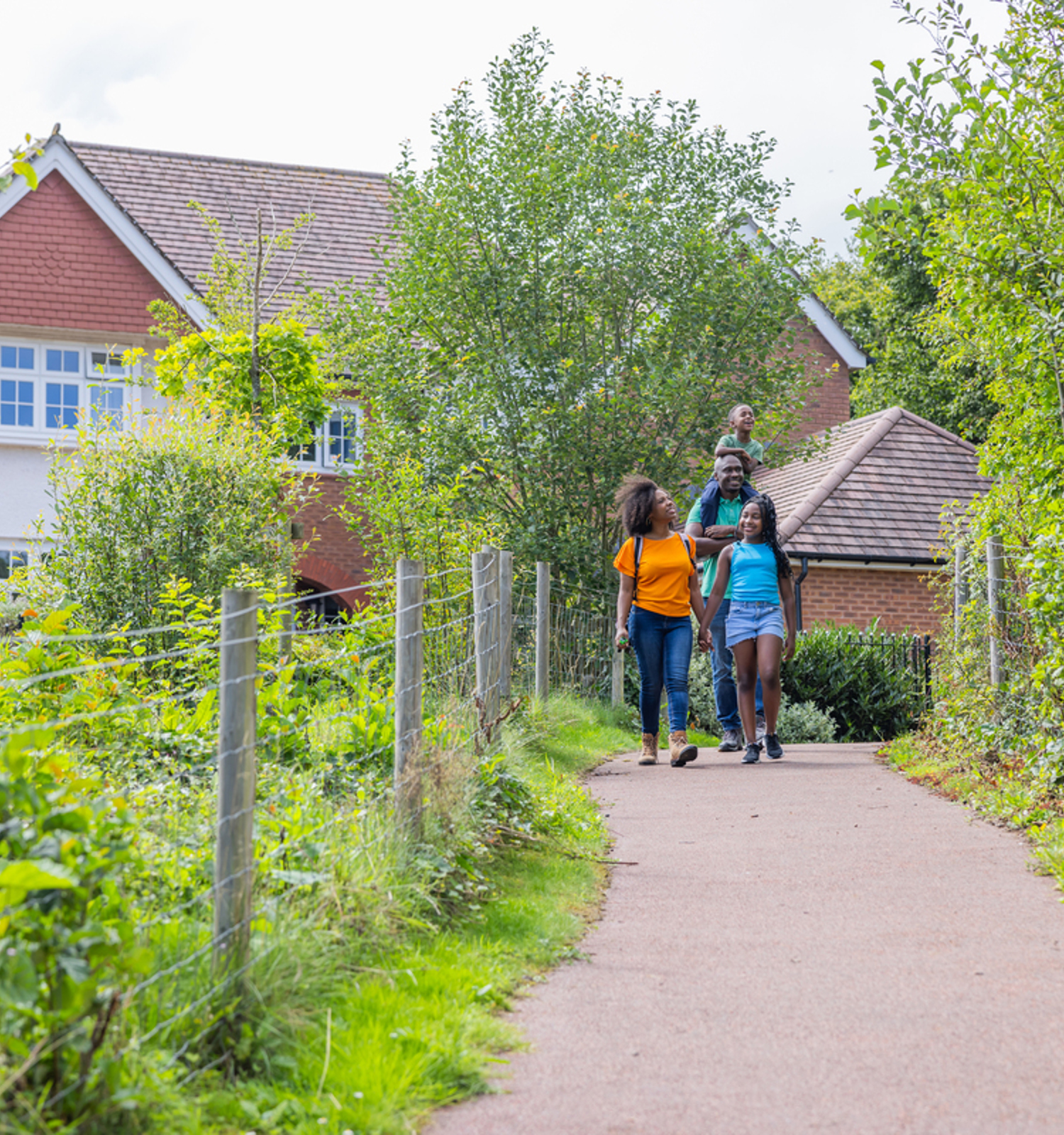
Biodiversity net gain (BNG)
We are measuring biodiversity on all new planning applications and are well-prepared for forthcoming BNG legislation, with new processes being embedded throughout the business, from land purchase to sales information for customers, to working with management companies on long-term management.

Our target
100% of all planning applications will have at least a 10% biodiversity net gain from January 2024. Our aim is to prioritise delivery of these gains on site to bring nature onto our developments, improve climate resilience and benefit local people.

FY23 progress
28% of planning applications* granted in financial year 2023 were forecast to achieve a 10% or more net gain for biodiversity.
17% of granted applications* achieved a net gain (less than 10%) and the remaining applications pre-date BNG policy and calculations were not made.
* Full and reserved matters applications
Climate change and biodiversity
The climate and biodiversity crises are interconnected, with climate change driving biodiversity loss, and damage to ecosystems undermining natures’ ability to mitigate the effects of climate change. Our Nature for People strategy supports resilience to a changing climate by providing biodiverse green spaces, increasing vegetation and shading from trees to provide cooling, and employing nature-based solutions for water attenuation.
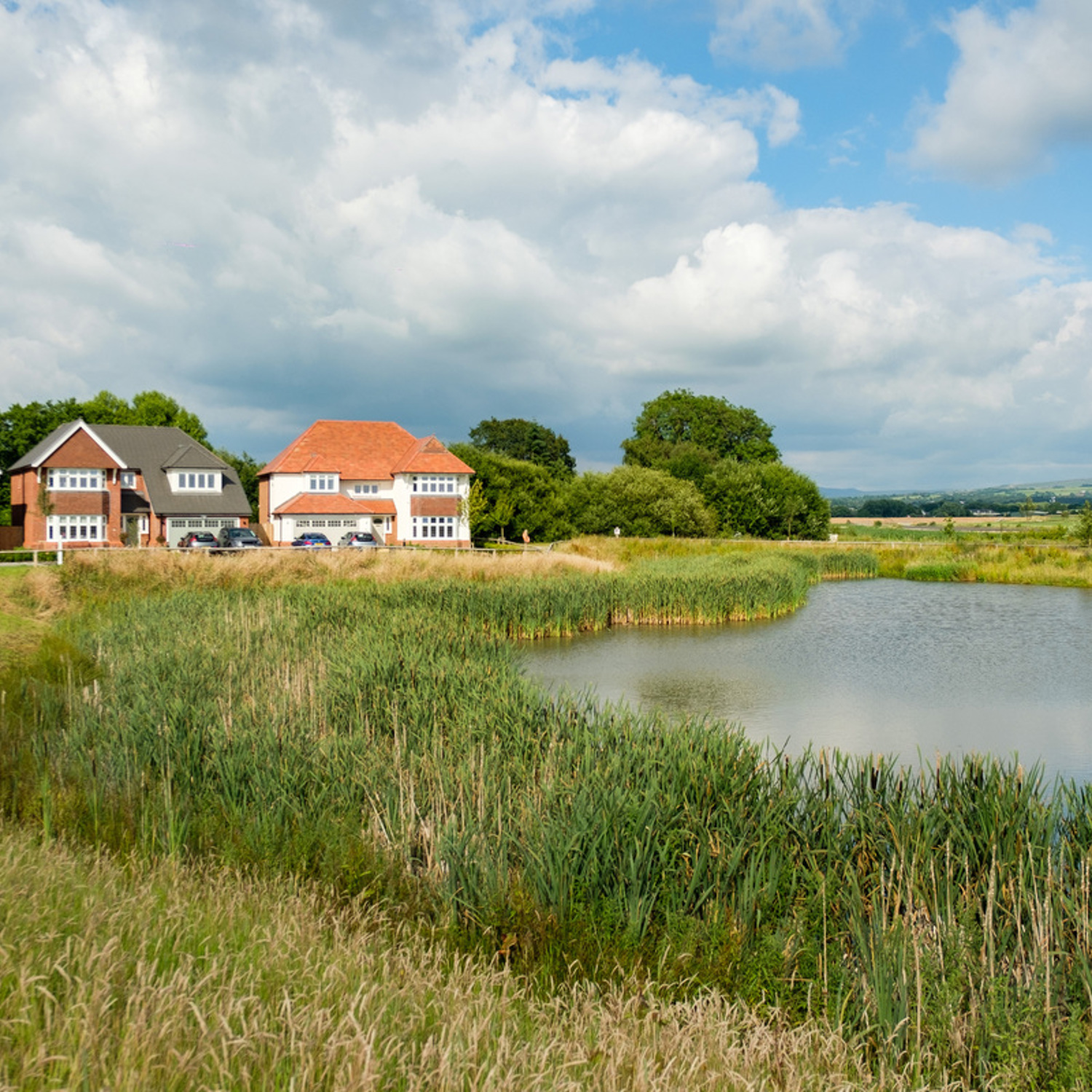
Sustainable drainage systems (SuDS)
Most of our developments use Sustainable Drainage Systems (SuDS) to manage rainwater in a way that mimics natural water flows. Ponds, swales and raingardens are created to retain and clean rainwater and release it at a controlled rate. They offer several benefits including mitigating flood risk, supporting biodiversity and providing amenity and attractive focal points throughout the development.
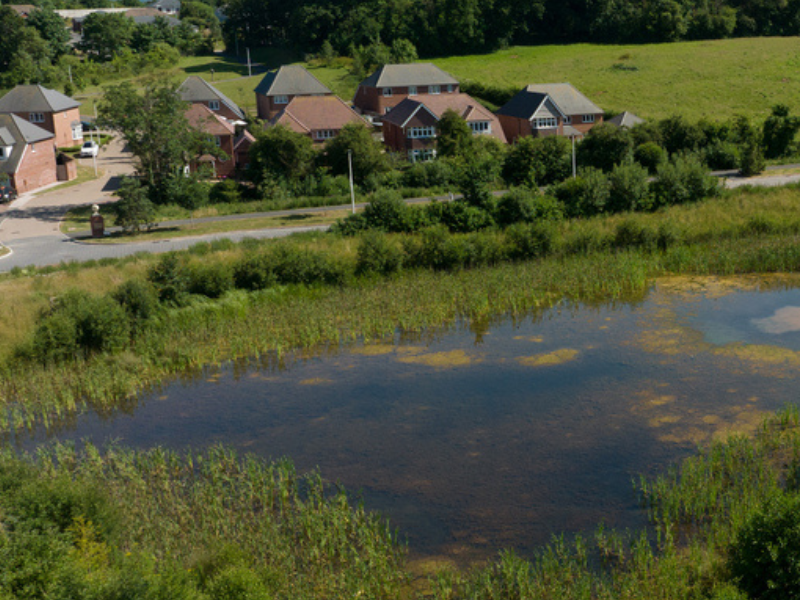
Creating habitats for people and wildlife
Redrow’s Mill Meadows development, on the site of a former paper mill in Sudbrook, South Wales, has successfully led to a breeding population of one of the UK’s rarest species of bat, the Lesser Horseshoe bat, being established where previously they only roosted.
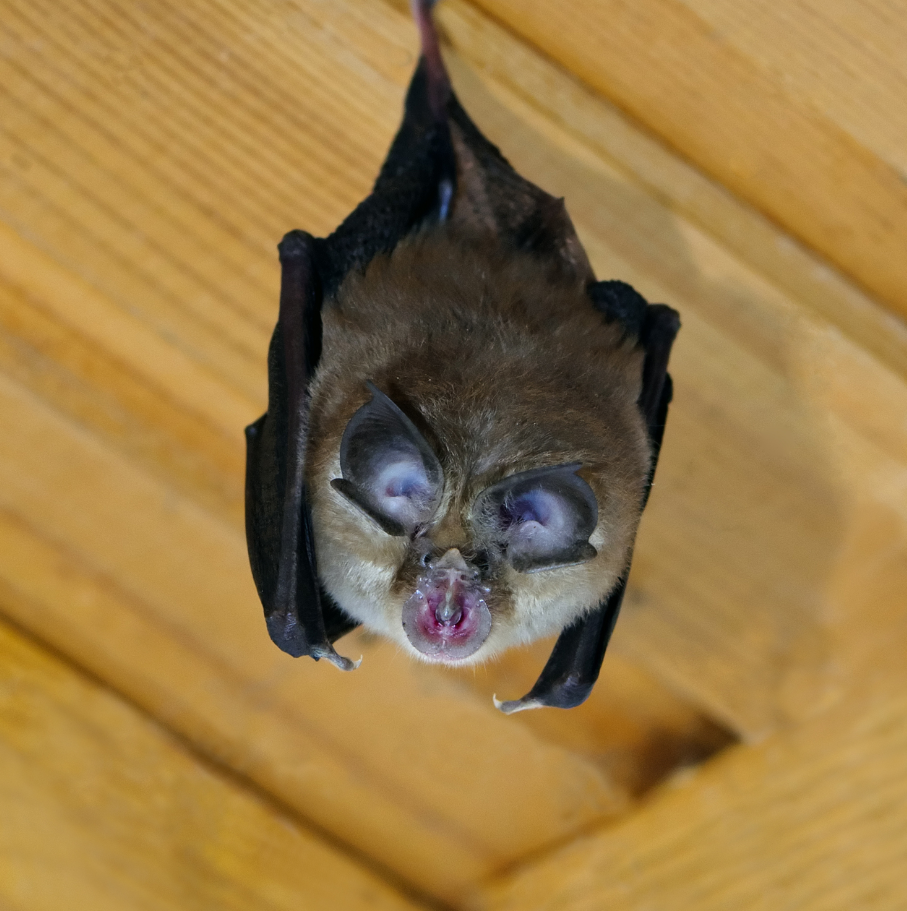
Water quality and nutrients
High nitrate and phosphate content in rivers and coastal waters is damaging plants and wildlife. We know that the main source of nutrient pollution is agriculture, followed by sewage effluent from industry. However, we are committed to playing our part in enabling solutions to achieve nutrient neutrality. On our developments in sensitive river catchment areas, we’ve been working hard to find innovative solutions, such as replacing low-value agricultural land with biodiverse green infrastructure, creating wetlands, and building on-development wastewater treatment works. We’ve been sharing learnings with our industry along the way, for example via the Future Homes Hub.
